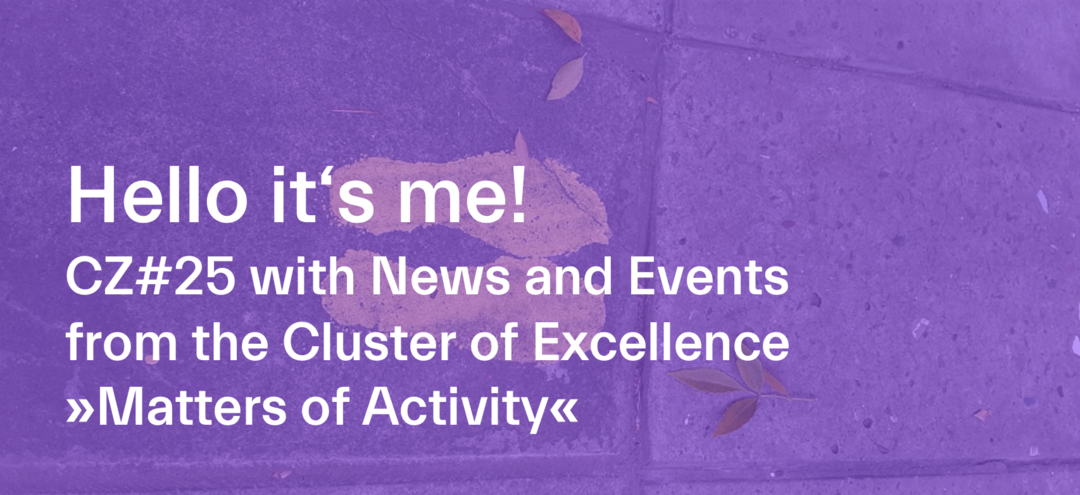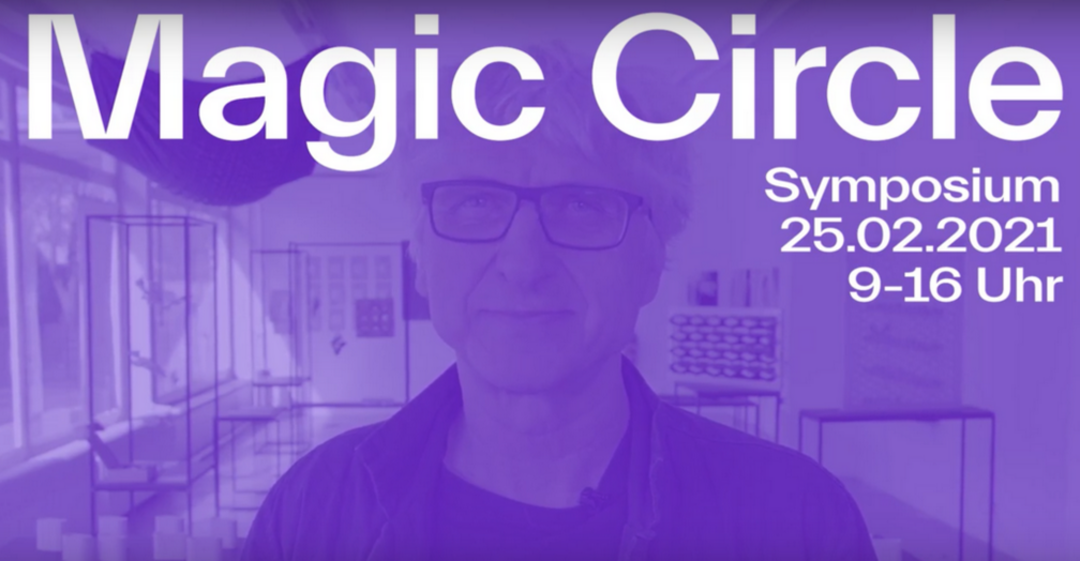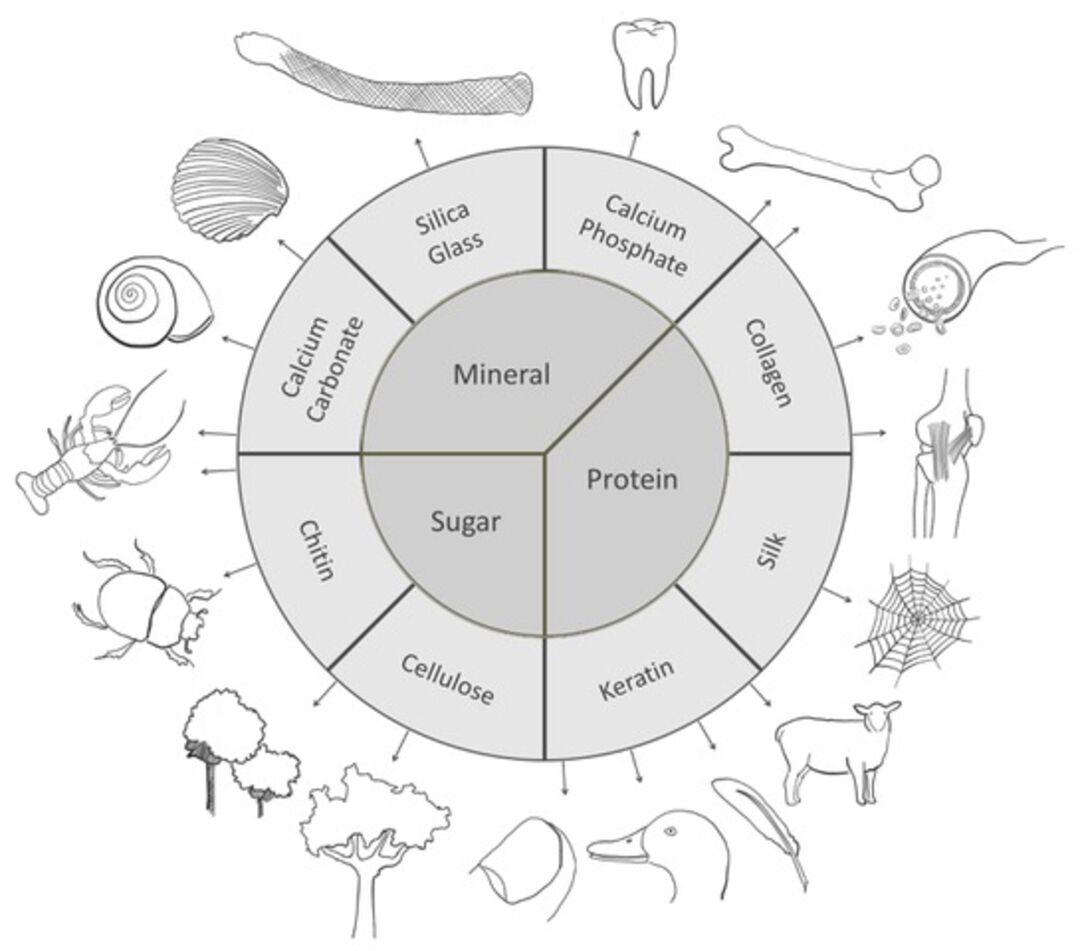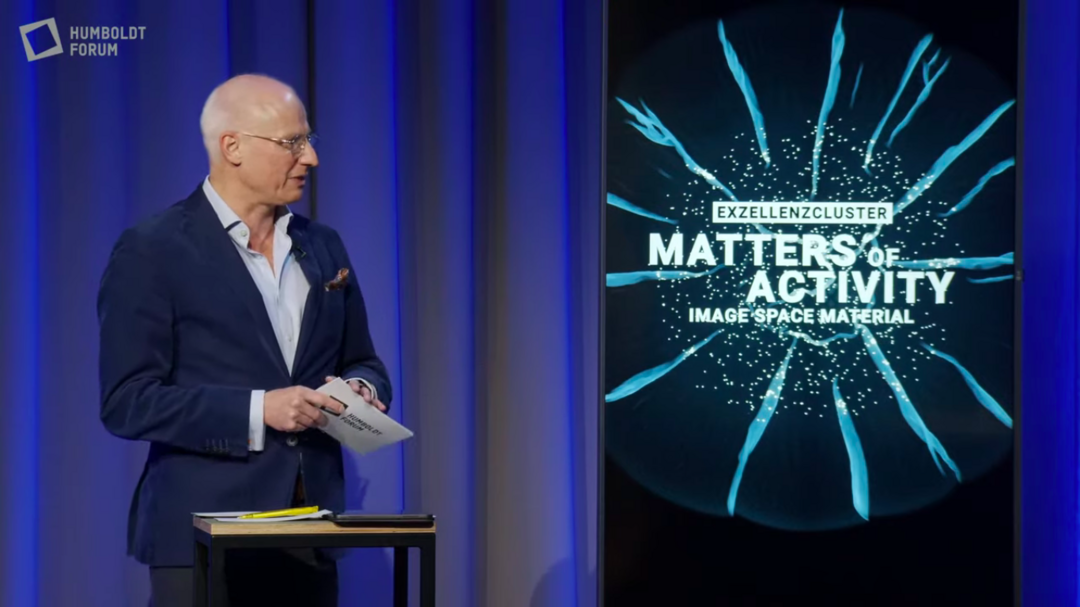|
|
 |
 |
|
|

|
 |
Copyright: Ilkin Taşdelen, Ana Vila, Master Open Design, adapted by Matters of Activity
|
|
Dear friends of »Matters of Activity«,
In the coming weeks, a whole series of events will take place in cooperation with the Cluster. We would like to draw your attention to two of them and hope to reach interested people beyond our Cluster: On the one hand, this is Peter Fratzl's lecture series »Interdependence of Structure and Function in Biological Materials«, which takes place every two weeks from 4:15–5:45 pm. The next lecture will be tomorrow, Tuesday, April 27th.
On the other hand, we are very pleased that our Cluster will be opening the »MitWissenschaft« series of events at the Humboldt Forum next Thursday, April 29th, at 5 pm. The title is: »Can Bacteria Spin a Yarn? We need a new Culture of Materials«.
Last but not least, we are happy to inform you that Carolin Ott has returned to the MoA PR team after her parental leave!
Happy reading,
Antje Nestler, Carolin Ott and Franziska Wegener
|
 |
|
Liebe Freund:innen von »Matters of Activity«,
in den kommenden Wochen findet gleich ein ganzer Reigen an Veranstaltungen unter der Federführung oder in Kooperation mit dem Cluster statt. Auf zwei davon, die dezidiert auch interessierte Personenkreise jenseits unseres Clusters erreichen möchten, möchten wir an dieser Stelle besonders hinweisen:
Dabei handelt es sich einerseits um Peter Fratzls Vorlesungsreihe »Interdependence of Structure and Function in Biological Materials«, die alle zwei Wochen von 16:15–17:45 Uhr stattfindet. Der nächste Termin ist am morgigen Dienstag, den 27. April.
Zum anderen freuen wir uns sehr, dass unser Cluster am kommenden Donnerstag, den 29. April, um 17 Uhr die Veranstaltungsreihe »MitWissenschaft« im Humboldt Forum eröffnen wird. Der Titel der Auftaktveranstaltung lautet: »Spinnen die, die Bakterien? Wir brauchen eine neue Kultur des Materialen«.
Zuletzt eine kurze Info in eigener Sache: Wir freuen uns, dass Carolin Ott nach ihrer Elternzeit ins MoA-PR-Team zurückgekehrt ist!
Viel Spaß beim Lesen wünschen
Antje Nestler, Carolin Ott und Franziska Wegener
|
 |
|
|
|
|
 |
| Magic Circle |
| Recap Video for Symposium for Interdisciplinary Exchange on 25 February 2021 |
 |
|
|

|
 |
Still recap video »Magic Circle«. Copyright: weißensee school of art and design berlin
|
|
The symposium »Magic Circle« was organized by the »Forschungskreis« of the weißensee school of art and design berlin (khb) in cooperation with »Matters of Activity«, under the direction of → Prof. Dr. Jörg Petruschat. It aimed to further develop the exchange between the knowledge cultures of the natural sciences, engineering, life sciences and humanities on the one hand and research activities in design and the arts on the other. For this purpose, experts from different disciplines were invited to the project presentations. The aim was to provoke new perspectives and open up opportunities for collaboration. Methods of performative research will also be up for discussion.
The online symposium was intertwined with 12 research contributions simultaneously exhibited in the »Kunsthalle« of the weißensee school of art and design berlin. Various MoA members contributed to the exchange process, such as → Dr. Lorenzo Guiducci on »Self-Shaping Textiles« and → Felix Rasehorn with »Tesselated Material Systems«.
Click more to view the recap video of the conference.
→ more
|
 |
|
|
|
|
 |
| Interdependence of Structure and Function in Biological Materials |
| Peter Fratzl holds Lecture Series for an Interdisciplinary Audience at HU |
 |
|
|

|
 |
Biological materials are built with a limited number of building blocks, based on polysaccharides, proteins, and minerals. Copyright: Julia Blumenthal
|
|
Event | Lecture Series Every second Tuesday 4:15–5:45 pm, Cluster Co-Director → Peter Fratzl gives a digital lecture at Humboldt-Universität zu Berlin. The lecture series starts on April 13th, 2021 and will be addressed to a pluridisciplinary audience, including sciences, design and cultural studies. All required basics from biophysics and biochemistry to mechanics will be provided. Biological materials adapt their structure to functional needs. The lectures introduce relevant structural features from molecular to macroscopic scales using examples for materials based on proteins or on polysaccharides, in particular cellulose and chitin. Some biological materials – like bone – are reinforced with minerals. The importance of hierarchical assemblies of building blocks, such as fibers and tessellations will be discussed.
Schedule (every second Tuesday, 4:15–5:45 pm):
- 13 April: Introduction – Hierarchical Structure Versus Function, Adaptive Growth
- 27 April: Protein Sequence, Conformation and Assembly: From Filaments to Materials
- 11 May: Shape Change Materials from Plants
- 25 May: Bone Structure and Material Adaptation
- 08 June: Spider Cuticle as a Versatile Toolbox
- 22 June: Mechanical Behavior of Tessellations
- 06 July: Summary, Conclusion and Outlook
All Cluster members and interested persons are warmly invited! Access to Zoom can be requested from the MoA PR Team at moa.public.relations [at] hu-berlin.de. The recording of the introduction from April 13th can also be requested from the MoA PR Team, as well as a Moodle course that has been set up that provides relevant materials, accompanying the lecture series.
More Information can be found here: ↗ https://agnes.hu-berlin.de/
|
 |
|
|
|
|
 |
| Can Bacteria Spin a Yarn? We Need a New Culture of Materials |
| Cluster Members Opened Event Series »MitWissenschaft/ WeSearch« at the Humboldt Forum |
 |
|
|

|
 |
Can Bacteria Spin a Yarn? Kick-Off event »MitWissenschaft/ WeSearch«, Humboldt Forum Berlin, 29 April 2021. Copyright: Humbolt Forum
|
|
29.4.2021
|
 |
|
Filtering | Weaving | Bacteria | Biofilm | More-Than-Human | Science Communication | Yarns/Fibers | Biodesign On Thursday, April 29th, 7–9:30 pm, members of the Cluster gave insights into the research of »Matters of Activity« in an interactive live show, thus opening the event series »MitWissenschaft/ WeSearch« at the Humboldt Forum.
Using concrete examples from the Cluster projects »Weaving« and »Filtering«, MoA members Bastian Beyer, Alwin Cubasch, Peter Fratzl, Regine Hengge, Claudia Mareis, Léa Perraudin, Christiane Sauer and Wolfgang Schäffner showed how the natural sciences, the humanities and the design disciplines work closely together to find innovative solutions to contemporary problems.
→ more
|
 |
|
|
|
|
|